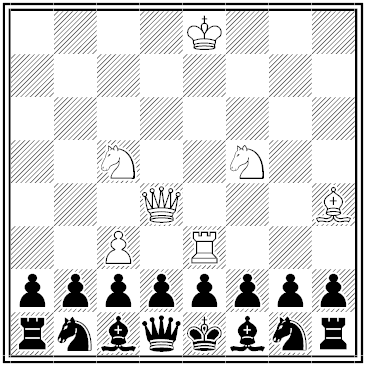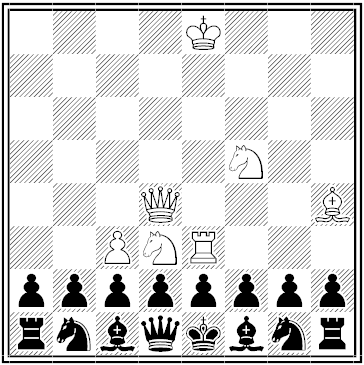
Staggering fact: Science historian Clifford Truesdell estimates that “[a]pproximately one-third of the entire corpus of research on mathematics and mathematical physics and engineering mechanics published in the last three-quarters of the eighteenth century” was written by a single person, Leonhard Euler.
The work of compiling Euler’s scientific writings has been going on since 1908 and will fill 81 volumes when complete. Mathematician William Dunham writes, “A typical volume of the Opera Omnia is large, running from 400 to 500 pages — although some contain over 700. In size and weight, such a volume resembles its counterpart from (say) the Encyclopedia Britannica. No one short of an athlete could carry more than five or six at once, and to cart off the entire collection — over 25,000 pages in all – would require a forklift.”
Laplace wrote, “Read Euler, read Euler, he is the master of us all.”





